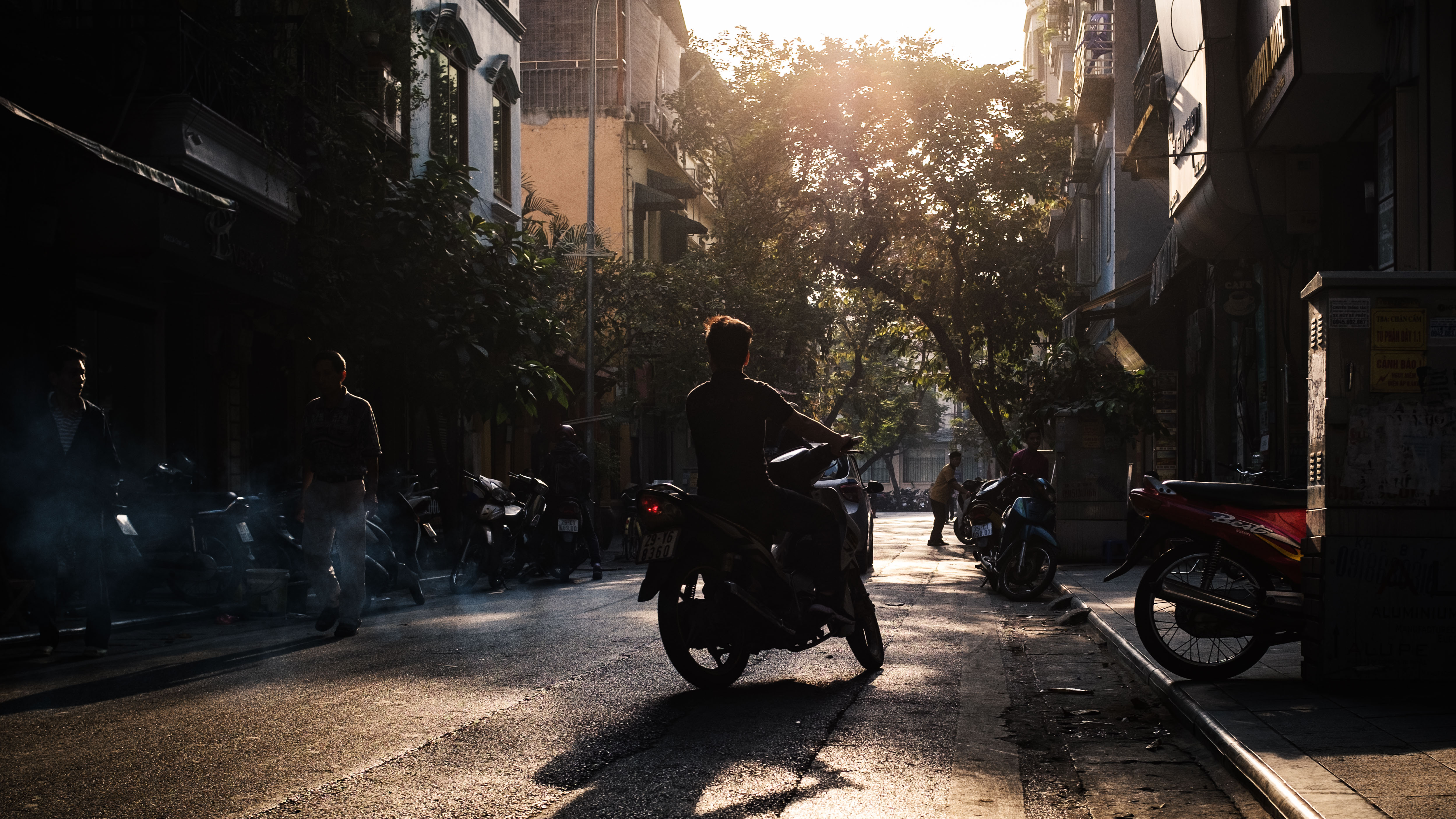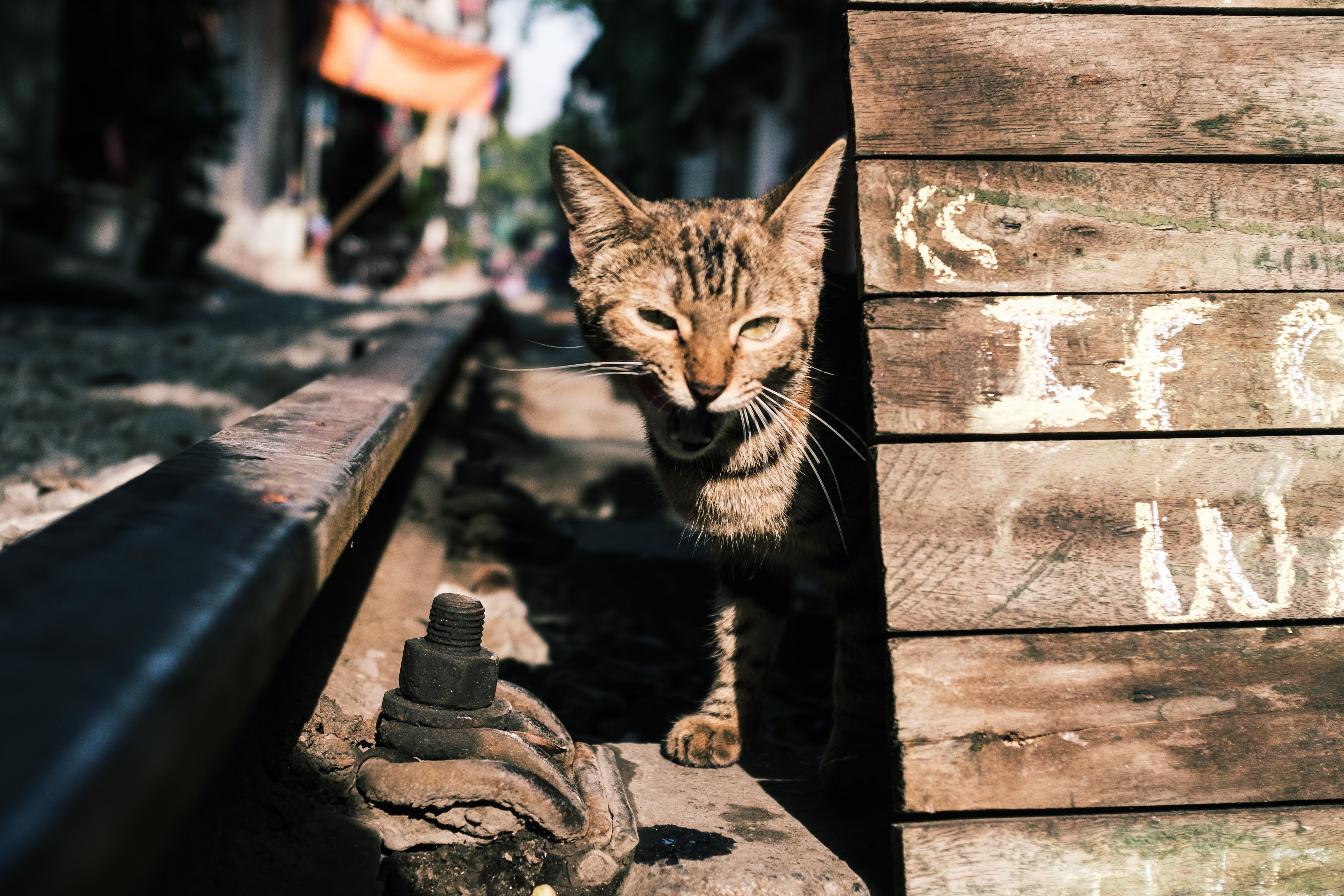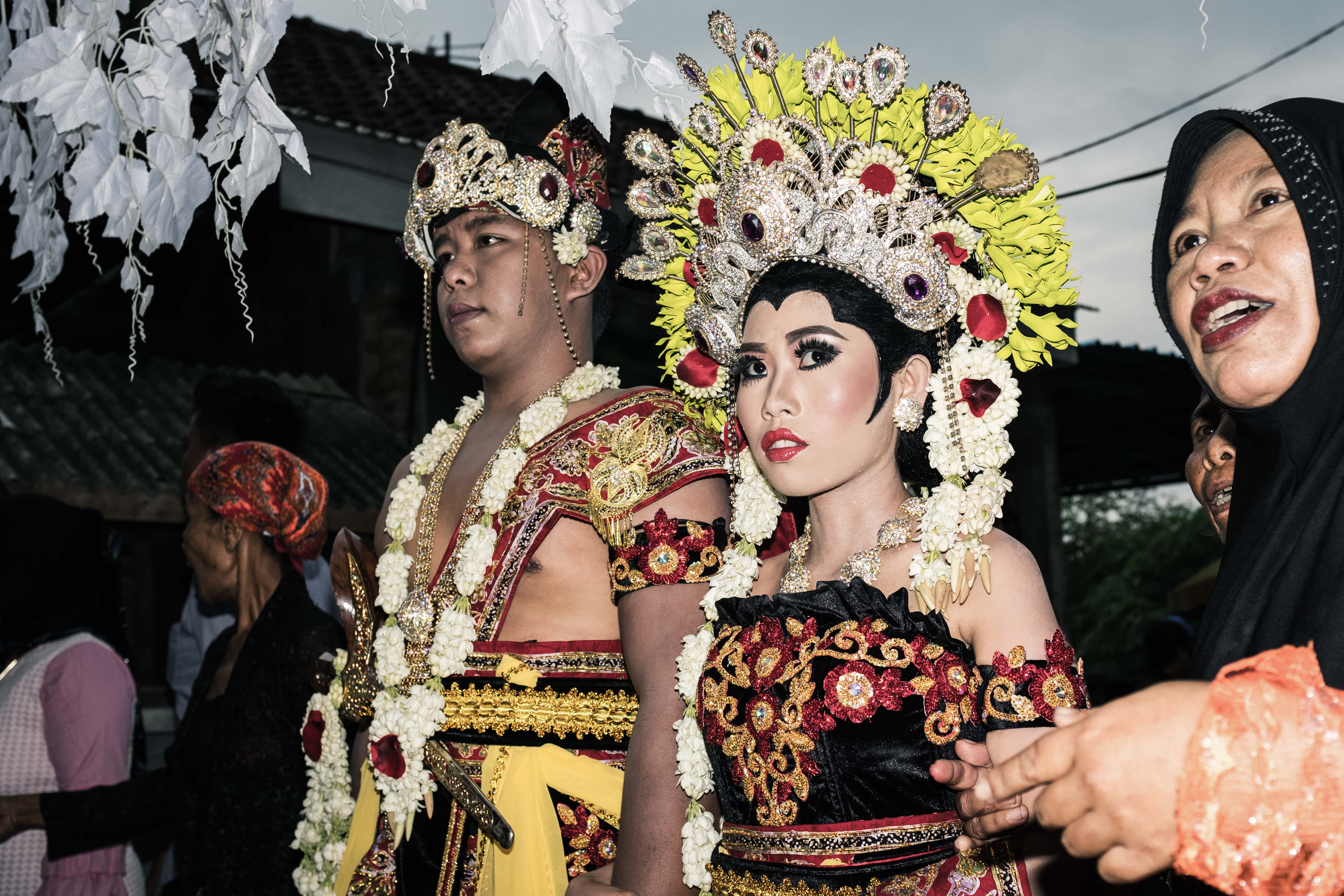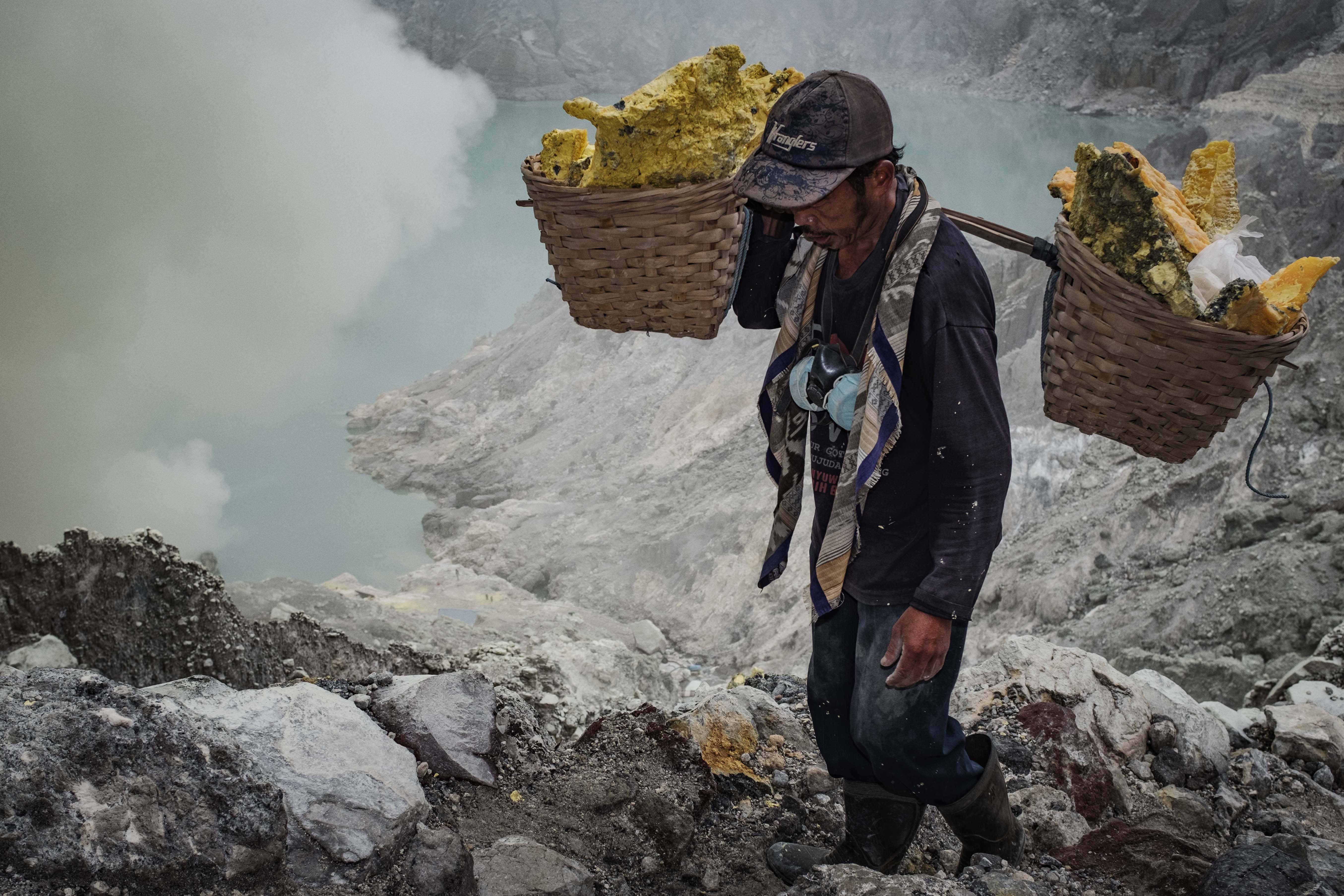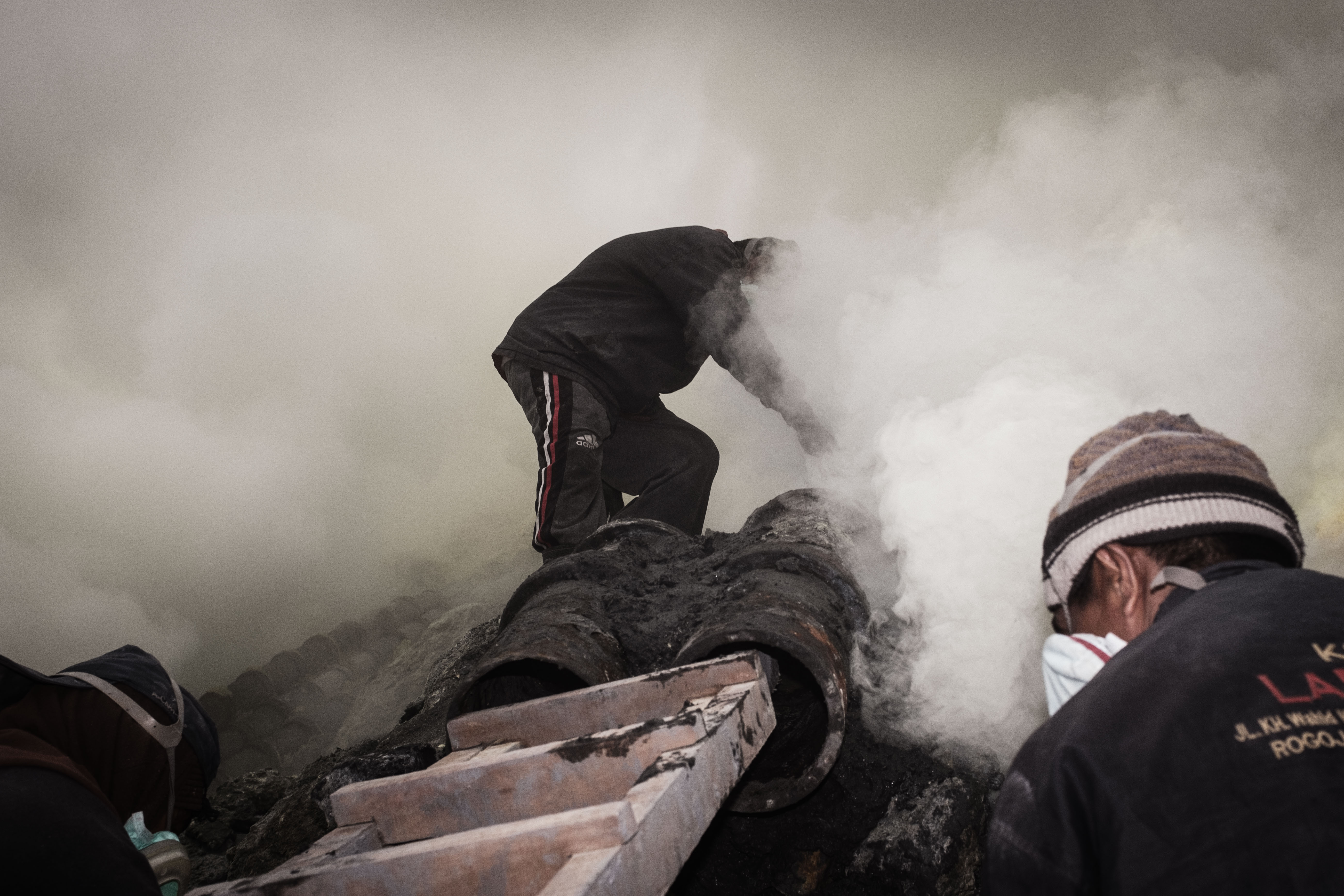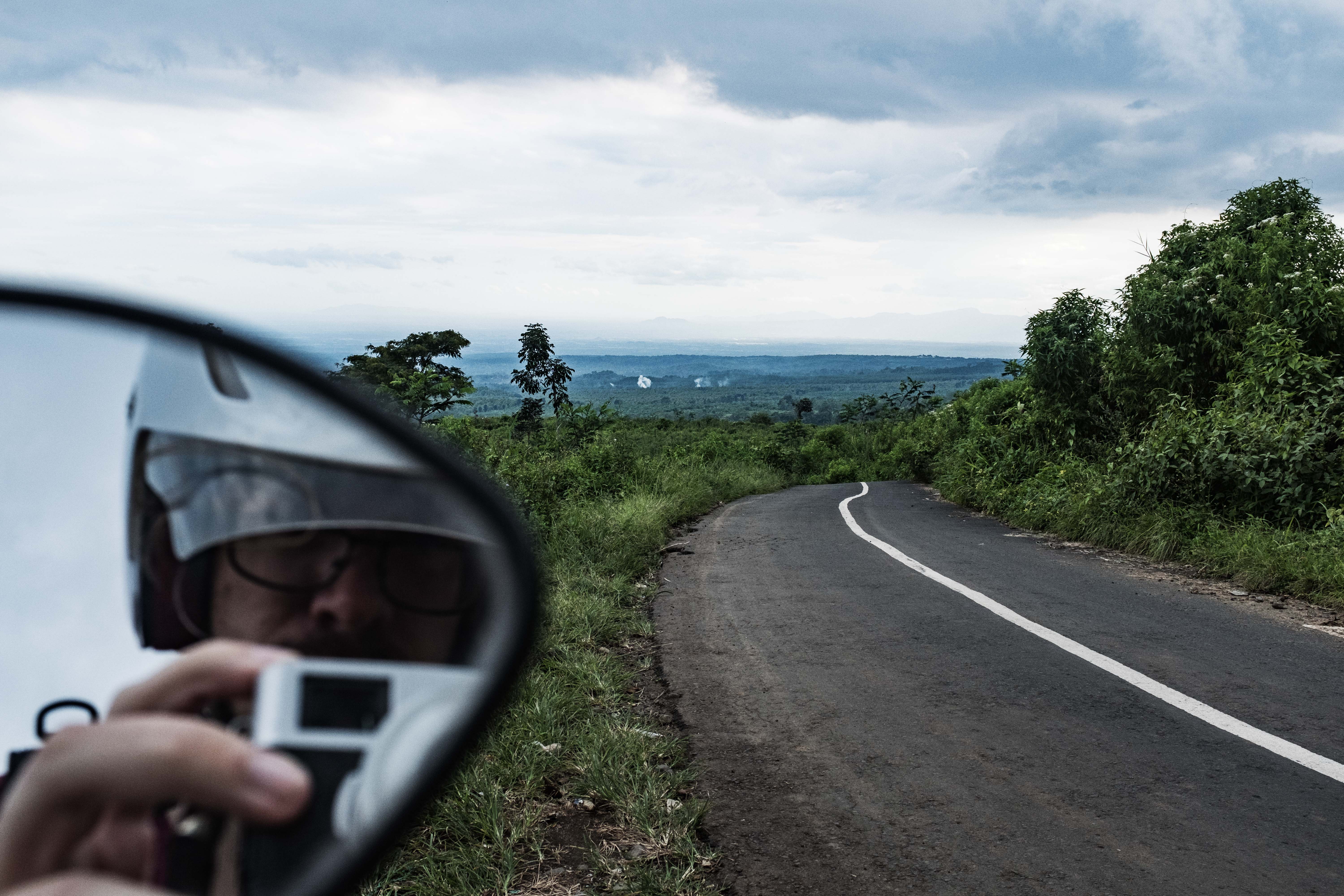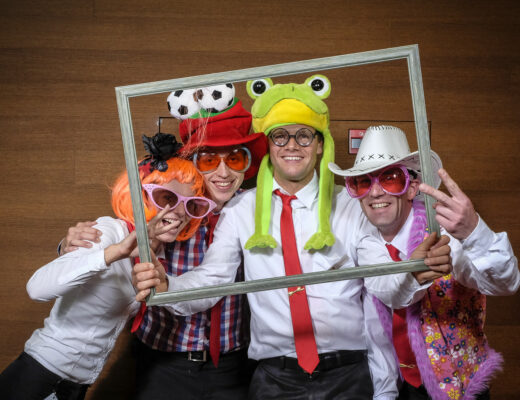Recently, I had the opportunity to make a dream come true and travel for more than three months through Southeast Asia. My plan was to visit Vietnam, Indonesia and Thailand, not only to relax, but also to capture the local culture with my camera. As a street photographer, I am shooting with a Fujifilm X100F in Berlin and, because I am most comfortable with that camera, I decided to make it my travel buddy. In hindsight, I wouldn’t make it any different and I am very happy with my travel choice and the pictures that I got. So here is my experience of travelling through Southeast Asia with the X100F.
The FujiX100F as a Travel Camera
Before I present the travel stories and pictures, I want to disperse some of the prejudices when it comes to travel photography. Whenever I read about camera and lens combinations concerning travel photography, I see a countless list of suggestions and possible gear that shouldn’t be missed in the travel backpack. From wide-angle lenses in order to capture beautiful landscapes, to tele-lenses in order to photograph the local wildlife.
When talking about my camera of choice, the Fujifilm X100F, as my travel camera, a lot of people questioned me if I would miss a lot of photographs, because I can’t switch lenses and it may be too limited.
In my opinion, this shouldn’t be a concern. I comfortable photographing with this setup in Berlin and wouldn’t invest in new gear that I am unfamiliar with. Experience beats a little more flexibility in focal range. Apart from the experience, the 35mm full-frame equivalent is pretty much great for 99% of the photographs that I wanted to take.
The light weight in combination with its great image quality make it my ideal travel partner. I can go the whole day with it around my neck without having to worry if I should change the lens, and this simplicity makes me totally get lost in the atmosphere of the city.
I am focused on the people and the new experiences, and can document this great time naturally with my camera. All in all, I couldn’t imagine having a better travel camera and can only recommend travelling light, instead of cramping as many lenses or as much equipment as possible into the backpack out of the fear to miss a moment.
In Hanoi
My first stop on my trip was Vietnam and the city of Hanoi. It was my first visit to Asia and I got struck by all the new impressions. The scooter traffic, the noise, the number of people – it took a few days to get acclimatised to this new environment. Although being from Berlin and used to the city traffic, nothing compares to the traffic situation on the streets of Asian metropolis.
It looks like chaos, but somehow there seems to be some order in the chaos. As a street photographer, my idea is to find the sense of order in this chaotic environment as well. From a personal viewpoint, I also want to thank the great Fujifilm crew in Hanoi, especially Chu Việt Hà, who took the time off his personal schedule and introduced me to the city and his favorite spots.
In general, the photography community is very close all around the globe, and you shouldn’t hesitate to message local photographers and ask for their advice. The hospitality in Asia is great and you get to experience the cities more as a local and not like a typical tourist.
After soaking up Hanoi for the first days, I finally felt ready to focus more on the photography part. Hanoi is a great city, with a lot of different places that should offer something for every taste, from traditional markets to lakes and more modern areas.
The railways of Hanoi are not really a secret tip, but they are still worth exploring and, especially with the great evening sun, they are always a great photo opportunity.
The Indonesian Jungle
After staying in Vietnam for around a month, my next location was Indonesia, first for around two weeks in Jakarta, where I met local photographers and was overwhelmed by the total chaos that this city is, and then around six weeks in a local village near the Mount Ijen.
My plan was to stay with a local family for around six weeks near the Mount Ijen because I planned to visit the sulfur miners of the mount Ijen a few times and document their hard work. In the end, the life in the local village was an experience worth telling itself and I was more focused to tell their story than the sulfur miners.
The first day after I arrived, my homestay family had already the first surprise planned for me. I was able to visit a traditional Javanese Wedding, which was a huge event for the small village that I was living in. Out of the 300 people of the village, around half of them showed up at the wedding ceremony in the neighbouring village.
Marriage in such remote places is not only a bond between husband & wife but also between their families. Before they are married, the wife isn’t allowed to live with her future husband and only through marriage they can live together. Therefore, marriage has much more significance and basically states the beginning of the new family life.
The village where I lived in was in the Indonesian jungle and very remote, only accessible via two roads, which were in very bad conditions. To overcome the broken promises by the government, the village community has to work together and fix the roads themselves. Every Sunday, the village comes together to work on projects; if it is not the road, they clean the village or have other duties.
Following my main task, I visited the Mount Ijen only two times, because the rainy season can be tricky and doesn’t offer a lot of opportunities to visit the sulfur crater. Nonetheless, the two times I was there left a lasting impression. The work that the sulfur miners fulfill is superhuman. With around 70kg on their back, they walk up the sulfur crater which takes around one hour. They don’t perform this exhausting task once, but up to four times a day, six days a week and the oldest one of them is over 70 years old.
At the bottom of the crater, they are mining the sulfur which is the product of the volcano’s activity. The lake that sparkles in bright colours and seems like a great place to swim is actually highly toxic. The smoke that you can see rising from the bottom is also dangerous. Nonetheless, the workers are spending hours in the smoke to mine the sulfur and earn around $600 a month. This doesn’t seem much, but it above the Indonesian average wage and for people that didn’t receive any education, it is a well-paying job, although it seems like an insane work from an outside perspective.
The industry is shifting, though, and instead of mining the sulfur, a lot of the younger people from the village are specialising in tourism. With a basic knowledge in English, they are able to guide tours to the mountain and the sulfur crater, which is more lucrative than the mining and doesn’t come with the huge health risks involving the sulfur mining.
Surprisingly, my X100F also withstood the smoke & dust very well. Apart from a new yellowing shining colour, the camera hasn’t faced any difficulties and is technically in a good condition. Again, I think the non-interchangeable lens design makes it an advantage and opens up fewer opportunities for the smoke to enter the camera in comparison to a changeable lens design.
Meeting Elephants in Thailand
Living with the local family for six weeks was a great experience, but I really needed a warm shower and wanted to take the last month of my travel a little slower. I choose Chiang Mai in Thailand because around the time of my visit it has a sunshine guarantee, which was a great change of climate, to the rainy season in the Indonesian mountains.
Chiang Mai is famous for their elephant sanctuaries in their surrounding mountains. The sanctuaries are places where the elephants can live a natural life and aren’t forced to perform tricks for tourists. Although the “traditional” elephant tourism is still prevalent, where tourists are allowed to ride them and the elephants can’t live a species-appropriate life, the new animal-friendly places are becoming more popular.
If you have thought that you need a longer lens for wildlife photographs, I hope that the next pictures of the elephants can convince You otherwise. The elephant sanctuaries are run by non-profit organisations and take in elephants that have previously served in the traditional tourism branches.
The great thing about the sanctuaries is, that the elephants aren’t forced to do anything. They can pretty much live a natural life and don’t have to perform for the visitors. Witnessing these great animals, feeding them and taking a mudbath with them was one of the highlights of my travel through Southeast Asia and will be definitely an experience for life.
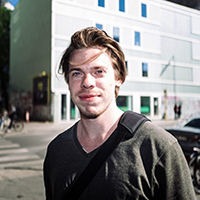 Sebastian Jacobitz is a 29-year old street photographer from Berlin and member of the collective Berlin1020. From November 2017 to February 2018, he travelled around Southeast Asia to document the local life of one of the busiest cities of the world. He shares his experience on his blog, Streetbounty.
Sebastian Jacobitz is a 29-year old street photographer from Berlin and member of the collective Berlin1020. From November 2017 to February 2018, he travelled around Southeast Asia to document the local life of one of the busiest cities of the world. He shares his experience on his blog, Streetbounty.


